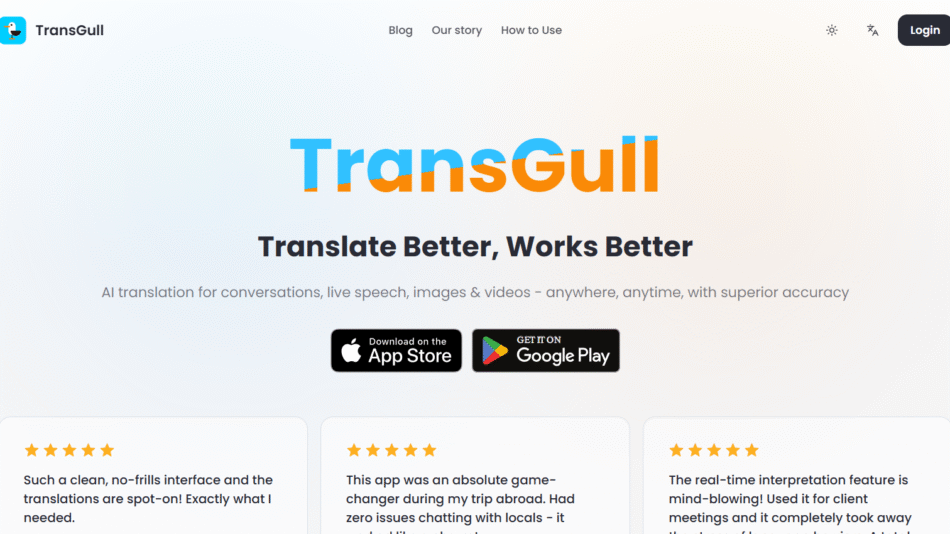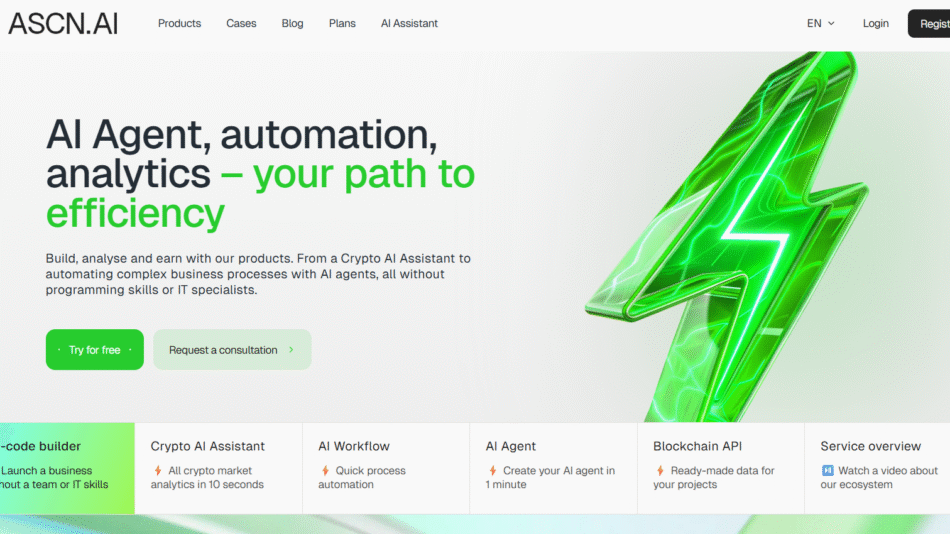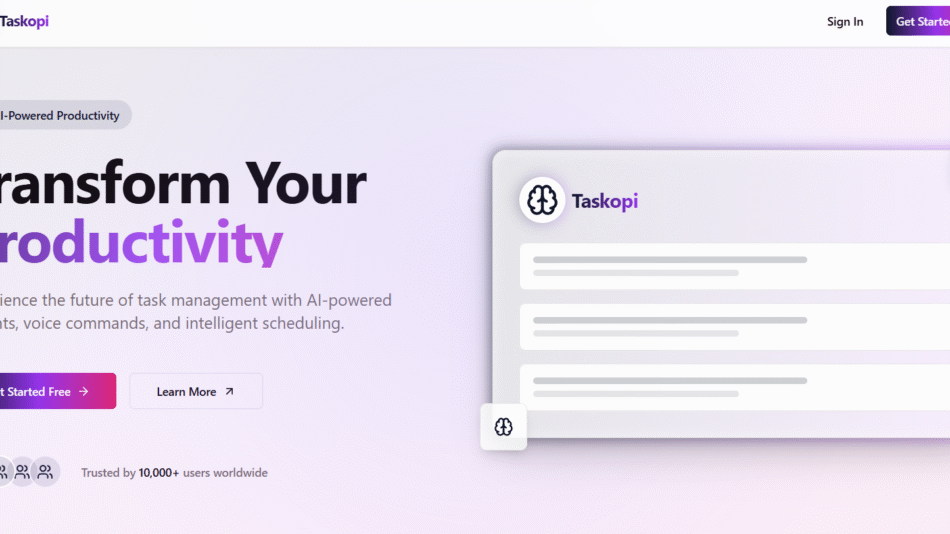Fluig is a comprehensive digital workplace platform that helps organizations manage communication, workflows, documents, and collaboration—all from a centralized interface. Developed by TOTVS, a leading enterprise software provider in Latin America, Fluig brings together tools for document management, workflow automation, corporate social networking, learning, and analytics to support digital transformation initiatives across industries.
Fluig is designed to break down departmental silos and streamline internal operations by providing a connected, user-friendly environment where teams can create, share, and manage content and processes efficiently. Whether you’re digitizing approvals, centralizing internal communication, or managing knowledge assets, Fluig offers a modular solution tailored to growing organizational needs.
Features
Fluig is a modular platform that combines several key business productivity features:
1. Document Management
Centralized storage and version control of documents with access permissions, indexing, and search functionality.
2. Workflow Automation
Create and automate business processes with no-code or low-code tools. Supports approval chains, notifications, and SLA tracking.
3. Corporate Social Network
An internal social feed where employees can share updates, comment, follow topics, and stay connected in real time.
4. Collaborative Portals
Build internal portals to distribute content, internal news, files, and tools specific to departments or teams.
5. E-learning & Training Management
Distribute internal training content, track employee progress, and manage learning initiatives with built-in learning management capabilities.
6. Analytics & Dashboards
Get real-time insights into process performance, employee engagement, and system usage with built-in analytics tools.
7. Integration with Other Systems
Seamlessly integrates with ERPs, CRMs, and productivity tools (including Microsoft 365 and Google Workspace).
8. Mobile Access
Responsive design and mobile apps enable access to workflows, documents, and communication tools on-the-go.
How It Works
Fluig operates as a cloud-based platform (also available for on-premise deployment), and is structured into modular components. Here’s how the platform is typically implemented and used:
Implementation & Configuration
Organizations start by selecting relevant modules (document, workflow, social, etc.) based on their needs. The system is customized via admin panels and user roles.User Onboarding
Employees are onboarded via single sign-on (SSO) or directory sync. Permissions and access levels are assigned by department or function.Process Digitization
Using the workflow builder, teams can digitize common business processes such as leave requests, invoice approvals, or IT support tickets.Content Collaboration
Documents, discussions, and media are uploaded and shared via workspaces or social feeds. Teams collaborate using comments, likes, and shared resources.Monitoring & Analytics
Managers track workflow status, user engagement, and process bottlenecks using dashboards and reports.
Use Cases
HR & People Management
Automate onboarding, leave approvals, performance reviews, and training content distribution.
Finance Teams
Digitize accounts payable workflows, track invoice approvals, and ensure compliance with audit trails.
IT Departments
Use Fluig as a centralized portal for IT support tickets, knowledge base documentation, and change management workflows.
Sales & Marketing
Share campaigns, sales materials, and brand assets across regions and teams. Get feedback via the internal social network.
Remote or Distributed Teams
Centralize communication, reduce reliance on email, and provide a unified platform for remote collaboration.
Pricing
Fluig operates on a modular and quote-based pricing model, depending on the number of users, selected features, and deployment type (cloud vs on-premise).
As pricing is not publicly listed on their website, organizations are encouraged to request a custom quote based on their size and requirements.
Key pricing factors include:
Number of active users
Selected modules (e.g., only workflow and document vs full suite)
Implementation support and training needs
Data hosting (cloud vs on-premise)
Integration complexity
You can request pricing or schedule a demo directly via www.fluig.cc.
Strengths
All-in-one digital workplace—reduces need for multiple tools
Modular architecture allows for phased or customized adoption
Strong workflow automation features for non-technical users
Built-in social network promotes internal communication and engagement
Mobile-friendly access for teams in the field or remote environments
Strong security and permission controls suitable for enterprise use
Developed by TOTVS, ensuring stable support and frequent updates
Drawbacks
Pricing is not transparent, making it harder to evaluate for small businesses
Initial setup and configuration may require vendor support
Limited international brand awareness, mostly adopted in Latin American markets
Interface and documentation may require translation for non-Portuguese-speaking teams
Focuses more on internal operations, with limited client-facing or external portal features
Comparison with Other Tools
Fluig vs. Microsoft SharePoint
While SharePoint is widely used for document and content management, Fluig offers integrated workflows and social features out-of-the-box, reducing the need for additional configuration or add-ons.
Fluig vs. Monday.com
Monday focuses more on task/project management. Fluig offers deeper capabilities in document control, corporate social networking, and enterprise workflows.
Fluig vs. Bitrix24
Both platforms offer internal collaboration tools. Fluig has more robust process management and ERP integration options, especially for Latin American markets.
Fluig vs. Notion
Notion is lightweight and suited for team wikis and notes. Fluig is enterprise-grade, modular, and better suited for large-scale organizational needs.
Customer Reviews and Testimonials
While Fluig does not have a strong presence on global review platforms like G2 or Capterra, user testimonials featured on the website and TOTVS partner portals highlight its impact on operational efficiency and employee engagement.
Common Praise:
“Helped unify all our departments in a single digital environment.”
“Fluig made it easier to manage and automate HR and finance workflows.”
“Our internal communication drastically improved after implementing the corporate feed.”
Suggestions from Users:
“Would love more visual customization options for the portal layout.”
“Learning curve for administrators—especially during the first setup.”
TOTVS, Fluig’s parent company, is well-regarded in Latin America, serving thousands of clients in manufacturing, healthcare, logistics, and retail sectors.
Conclusion
Fluig is a powerful digital workplace solution built to streamline internal operations, improve communication, and automate business processes. With modules covering document management, workflow automation, collaboration, learning, and analytics, it delivers a centralized platform that grows with your organization’s needs.
Whether you’re looking to digitize HR processes, unify remote teams, or increase operational transparency, Fluig offers the tools to do it—all in one place.
Though implementation requires planning and pricing is quote-based, its enterprise-level capabilities, integration support, and modular structure make it a strong contender for organizations serious about digital transformation.















